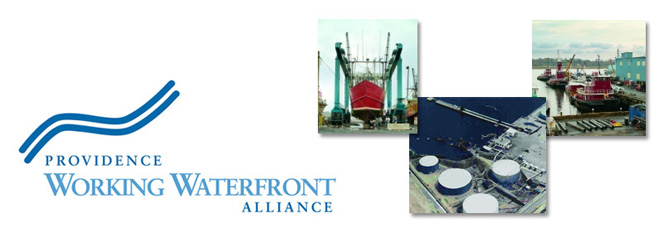The U.S. Committee on the Maritime Transportation System has come out with an interesting report about the tremendous economic impact of our nation’s ports and the need to invest in our Marine Transportation System (MTS) infrastructure. A few highlights:
The U.S. MTS is complex, decentralized, and composed of an array of interdependent components that link with our country’s navigable waterways, ports, harbors and landside access points. Total freight volumes in the U.S. are expected to increase by 50 percent by the year 2020 while international cargo container traffic is expected to double from 1998 levels, pushing the capacity limits of our ports and waterways. Significant rises in commuter ferry operations, recreational boating traffic and cruise ship operations are also forecast. — press release
Capacity expansion in key cargo ports is critical for economic growth. Even more than other parts of the Nation’s transportation system, marine transportation is a joint private- and public-sector enterprise. The private sector owns and operates the vessels and most of the terminals; it is responsible for the commerce that flows through the system. The public sector provides much of the infrastructure at ports and on the waterways; it keeps the system functioning in support of commerce in a safe, secure, and environmentally sound manner. Therefore, expansion of MTS capacity requires significant collaboration among Federal, State, and local governments, the formation of public-private partnerships, and efforts to improve the efficiency of the system. — executive summary
With a 40ft deep water channel and direct rail and highway access, the Port of Providence is ideally situated to take advantage of the growth opportunities outlined in this study. The Providence Working Waterfront Alliance stands ready to work with our city, state, and congressional officials to form the public-private partnerships needed to build capacity in our port.

